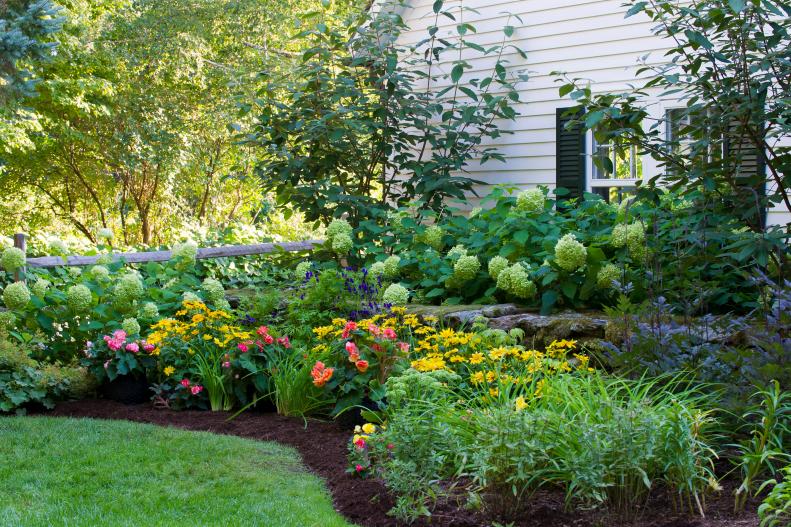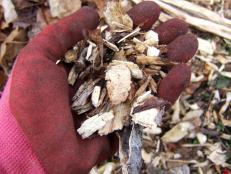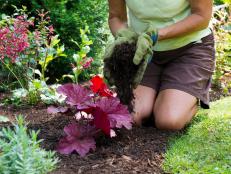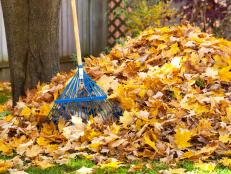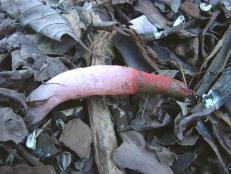1 / 15
Photo: Preen.com
Shredded Hardwood Bark
Mulch adds a finishing touch to any planting bed, but that’s not all it does. A good mulch helps the soil to hold moisture — so you don’t have to water as often. Put mulch down thick enough, and it helps keep weeds from growing. Shredded hardwood bark is one of the most common mulch choices and works well for flower beds and around trees and shrubs. It usually lasts from one to three years and adds organic matter to the soil as it decomposes. Look for double or triple ground mulch (experienced gardeners prefer triple ground).






